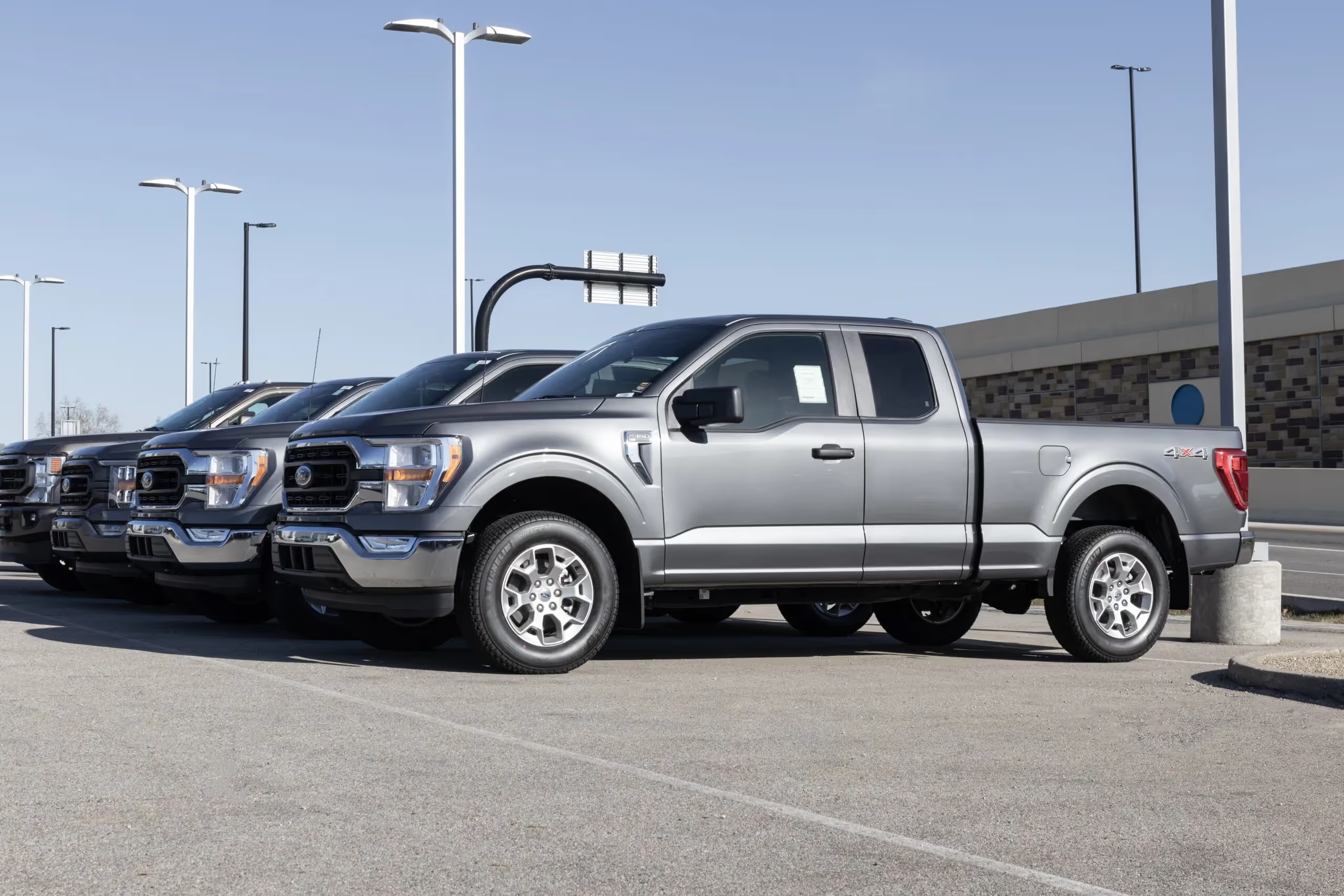
Are Take Home Policies for Fleets Due for a Change?
Are Take Home Policies for Fleets Due for a Change?
Take-home policies are a common consideration for fleet mangers everywhere – though it can vary which departments are allowed this privilege or are not. Because of this, fleets must consider different factors when deciding whether a take-home policy makes sense for their organization, and for which specific employees. For example, there could be limitations on how far away an employee can live to qualify for a take-home vehicle in order to control commuting costs and mileage.The operational purpose should also be assessed in order to justify the risk and extra cost of employees taking vehicles home. For emergency services this could mean ease of responding to after-hours calls, and for police departments this could mean increased visibility and feeling of safety for residents. In these cases, the policy effectively benefits the employee, the employer and the public. Ultimately, it comes down to carefully weighing the pros and cons, and justifying to taxpayers or investors how their dollars are being used.Recently, in partnership with Consumer’s Energy, we ran a survey to learn more about how fleets are changing their take-home policies (if at all), especially as we exit a pandemic and move into a new year.
Utilimarc’s 2022 Take Home Policy Survey Results
One of the most important aspects of this survey was understanding whether or not each fleet surveyed actually had a vehicle take-home policy to begin with. Out of the fleets we surveyed, 84% currently had a take-home policy already in place.

The standard vehicle for employee-assigned vehicle programs had a bit of a wider range than one might expect – the most common, unsurprisingly, were SUVs (55%) and pickups (80%). Following closely behind were service trucks (50%), sedans (32.5%) and vans (30%) respectively.


Most fleets had a set criteria for who is eligible for the take-home vehicle program. Usually, employees that were deemed critical for 24 hr/365 day call-out duty were top of the list (think: fire, police, storm response). Many fleets also reported that salaried supervisors, C-suite and high-level directors, field technicians and sales representatives were also eligible for a take-home vehicle. Apart from position type – most fleets required a license check or good driving record for eligibility, and it was quite clear that most fleets did not carry a minimum business mileage requirement to participate in the program (92%).

Roughly 76% of fleets surveyed reported that once an employee no longer meets the requirements of the take-home vehicle program, they will be removed from it – though most cited a very minimal grace period following removal (from 1-3 weeks).

When it comes to recording driver mileage, it was a pretty even split for fleets requiring their drivers to do so (51%). Most fleets either relied on paper logs (43.5%) or telematics devices (43.5%) for their reporting.



Most fleets were willing to allow take-home vehicles to go outside of the service territory for work purposes (88%).

And unsurprisingly, the majority of fleets did not allow vehicle operators to use company vehicles for personal mileage use (73%).

Of the fleets that did allow their take-home vehicles to be used for personal reasons, 58% allowed the vehicles to be taken outside of service territory for this type of use.

83% of fleets surveyed reported that no changes will be made to their take-home vehicle policies in the next year or two – however, for the fleets that did plan to make a change, most revolved around a reduction in take-home vehicles entirely, or were focused on the corporate side of take-home vehicles specifically.


If you are interested in hearing more about the results of the Utilimarc and Consumer’s Energy 2022 Take-home Vehicle Policy survey, please contact a member of our analytics team for more information.
